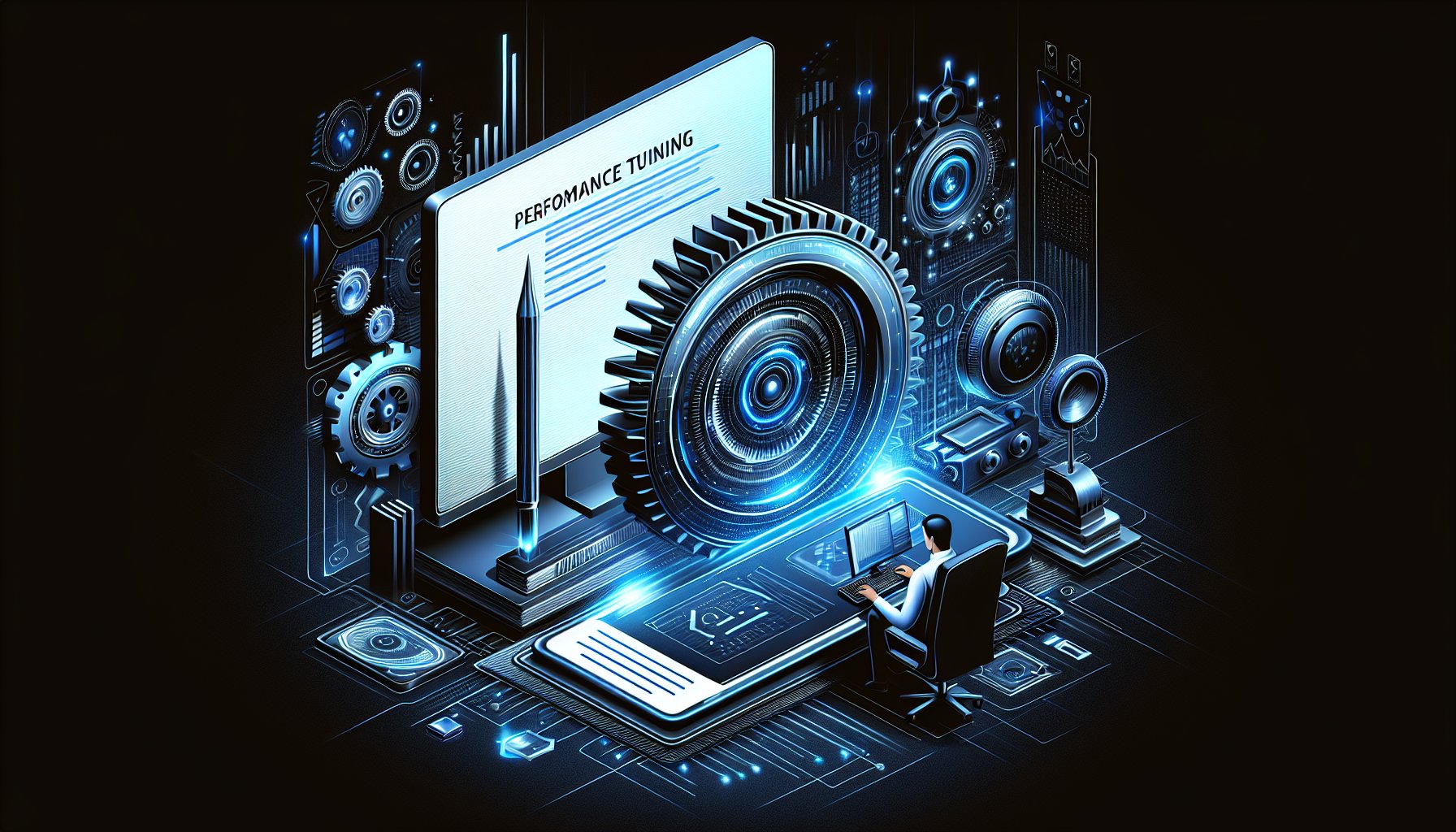Introduction
In today's fast-paced digital era, performance tuning has become a crucial aspect of IT development. It's no longer just about code optimization; it's about deploying the right tools, adopting innovative strategies, and leveraging emerging technologies to deliver robust, high-performing solutions. In this blog post, we're going to unpack the latest developments in performance tuning and show you how to apply them to your own projects.
Understanding Modern Performance Tuning
Performance tuning in 2025 is about optimizing every layer of your IT infrastructure - from your software and servers to your databases and networks. It's about integrating edge computing, leveraging artificial intelligence, and even preparing for the quantum computing revolution. Let's explore these elements in more detail.
Edge Computing
Edge computing brings computation and data storage closer to the source of data generation, thereby minimizing latency and improving performance. For example, consider using edge nodes to serve static files in a web application, speeding up load times and enhancing user experience.
AI Optimization
Artificial Intelligence (AI) can be harnessed to auto-tune performance. AI algorithms can analyze system behavior, identify bottlenecks, and suggest optimizations. For instance, you could use an AI-powered tool to optimize your database queries, resulting in faster data retrieval and improved system performance.
Preparing for Quantum Computing
Quantum computing is the future of computing, offering unparalleled computational power. Although still emerging, it's important to start considering how quantum computing might impact performance tuning. For example, quantum algorithms could one day be used to solve complex optimization problems in seconds, providing a major boost to system performance.
Performance Tuning Strategies
Now that we've discussed the technologies shaping performance tuning, let's look at some practical strategies you can implement today.
Load Balancing
Load balancing is a key strategy for enhancing system performance. By distributing network traffic across multiple servers, you can prevent any single server from becoming a bottleneck. Consider using a load balancer like HAProxy or Nginx to distribute traffic and ensure high availability.
Code Optimization
While modern performance tuning goes beyond code optimization, it's still a vital component. Techniques such as refactoring, choosing efficient data structures, and using asynchronous programming can significantly improve your code's performance.
Database Optimization
Optimizing your database can greatly enhance system performance. Techniques include indexing, query optimization, and database sharding. Consider using a database performance tool like SolarWinds Database Performance Analyzer to identify and fix performance issues.
Conclusion
As we've seen, performance tuning in 2025 is a multifaceted discipline involving a range of cutting-edge technologies and strategies. By leveraging these tools and techniques, you can supercharge your IT development processes, deliver high-performing solutions, and stay ahead of the curve in the ever-evolving digital landscape.
Remember, the key to successful performance tuning is continuous monitoring and optimization. Stay informed about the latest trends, constantly analyze your system's performance, and don't hesitate to innovate. The future of IT development is an exciting one, and we can't wait to see where it takes us.